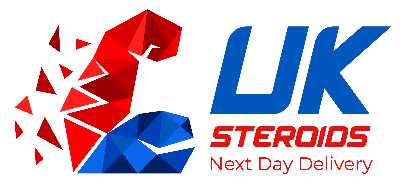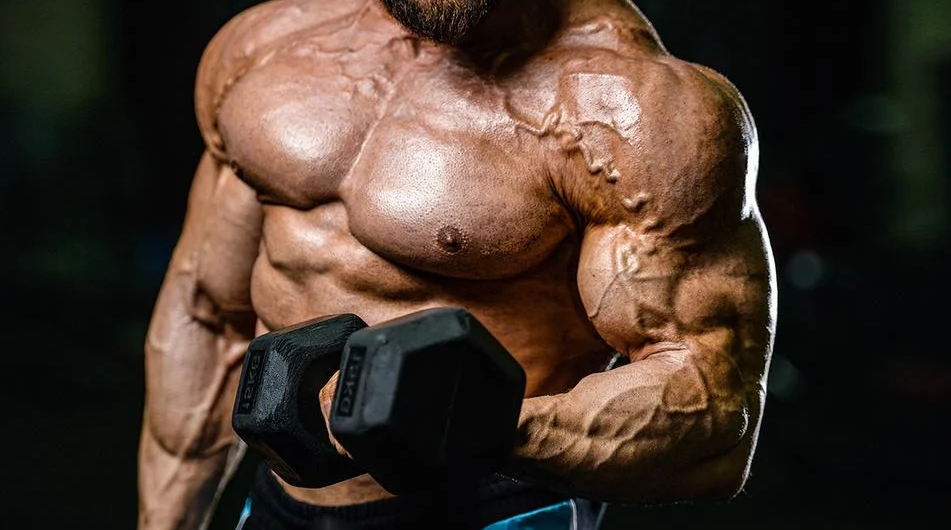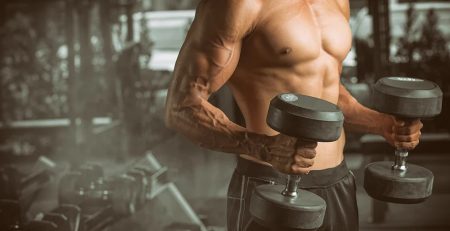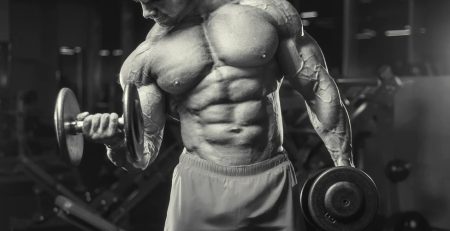Aromatization of Estrogen
Testosterone serves as the primary substrate for the body’s production of oestrogen (estradiol), the primary hormone involved in female sex. Although having oestrogen may seem incredibly unusual in guys, the structural composition of oestrogen and testosterone is remarkably similar. A man’s body manufactures oestrogen, with the enzyme aromatase providing a small amount of modification. Adipose, liver, gonadal, central nervous system, and skeletal muscle tissues are among the male body tissues that show aromatase activity. The amount of oestrogen produced by the average healthy male is frequently not related to one’s physical characteristics and may even be beneficial for cholesterol levels. Nevertheless, it does have the potential to cause several negative effects at higher dosages, including body fat.
For these reasons, a lot of people focus on using aromatase inhibitors like Arimidex and Cytadren or antiestrogens like Clomid or Nolvadex to reduce the accumulation or activity of oestrogen in the body, especially when gynecomastia is a concern or the athlete is trying to increase muscle definition. But we shouldn’t let anyone fool us into thinking that estrogen has no beneficial qualities. It is a desirable hormone in many respects.
Athletes have long recognized that estrogenic steroids are the best bulk builders, but the underlying mechanisms are still mostly unknown to us. More variables appear to be involved than the simple gains in height, weight, and strength that one may attribute to oestrogen-induced water retention, as the anabolic process is directly impacted by hormones. This is characterized by increases in growth hormone secretion, androgen receptor proliferation, and glucose absorption.
Estrogen may have a major effect on the way muscle tissue uses glucose by altering the development of the anabolic state. This is caused by a shift in the amount of the enzyme glucose 6-phosphate dehydrogenase, which is essential for using glucose for muscle growth and repair. More specifically, G6PD is a crucial part of the pentose phosphate pathway, which regulates the rate at which cells synthesize lipids and nucleic acids for tissue repair. Research demonstrates that G6PD levels dramatically increase during the regeneration phase that follows skeletal muscle injury. Remarkably, we find a direct correlation between oestrogen and the amount of G6PD that cells should be able to access during this window of recovery.
Research demonstrating that this dehydrogenase enzyme increases after testosterone propionate injection established the link between oestrogen and G6PD. The investigation also showed that testosterone’s aromatization to estradiol, rather than the androgenic qualities of this steroid, was responsible for this increase. The non-aromatizable medications dihydrotestosterone and fluoxymesterone failed to replicate the effects of testosterone when tested with testosterone propionate. Furthermore, the positive effects of testosterone propionate were inhibited by the aromatase inhibitor 4-hydroxy androstenedione (formestane), even though 17-beta estradiol therapy alone enhanced G6PD in a way similar to that of propionate-based testosterone. There was no impact from alpha estradiol, an inactive oestrogen that is unable to bind to the oestrogen receptor.












Leave a Reply